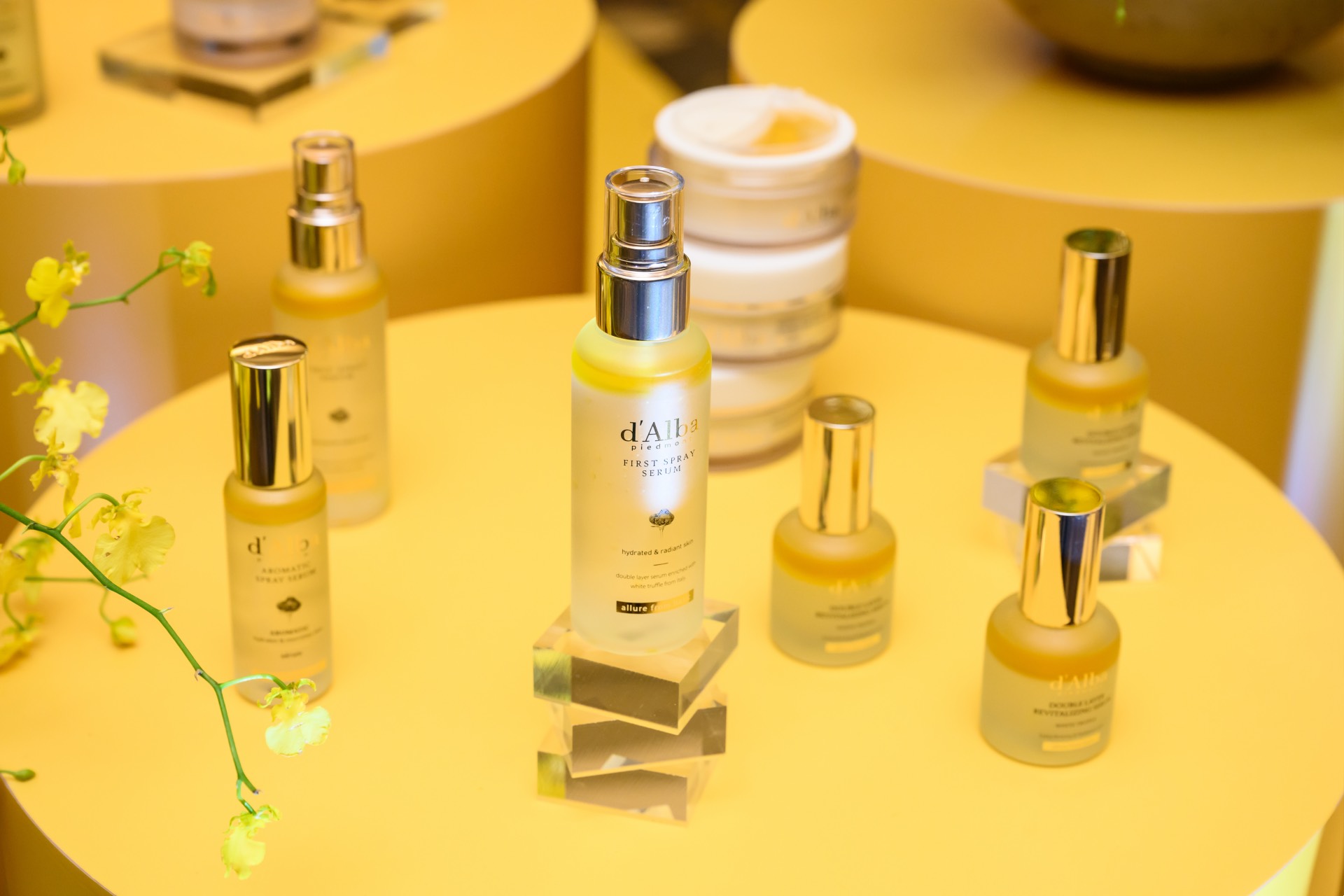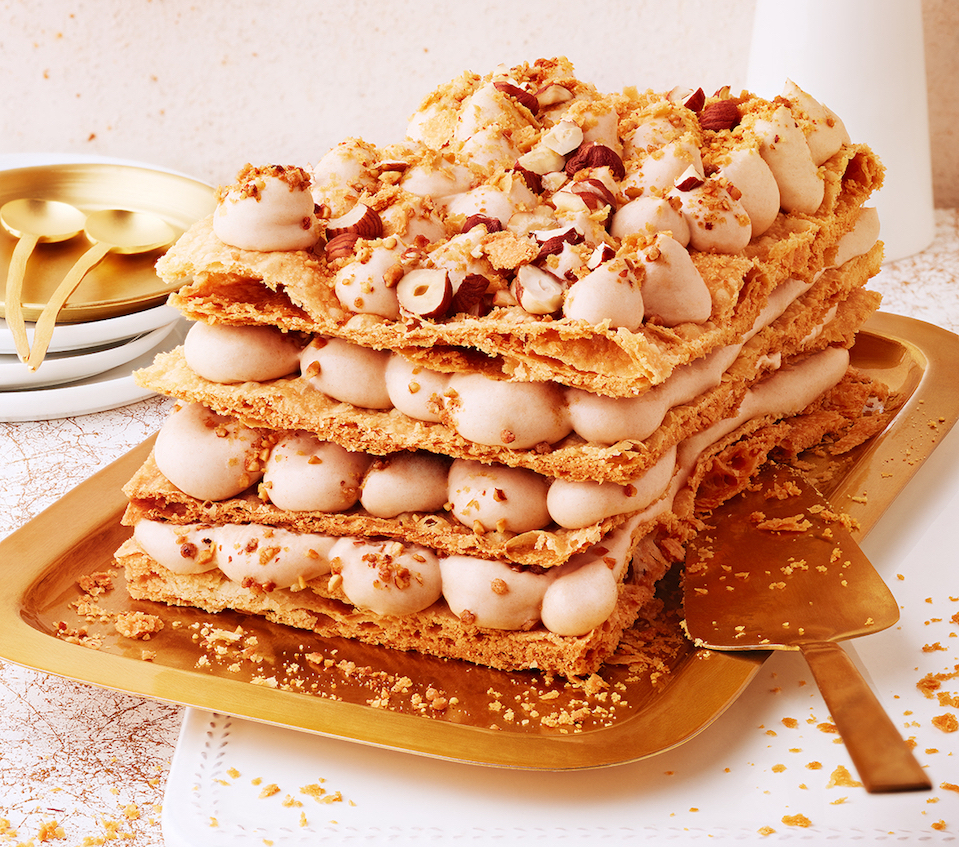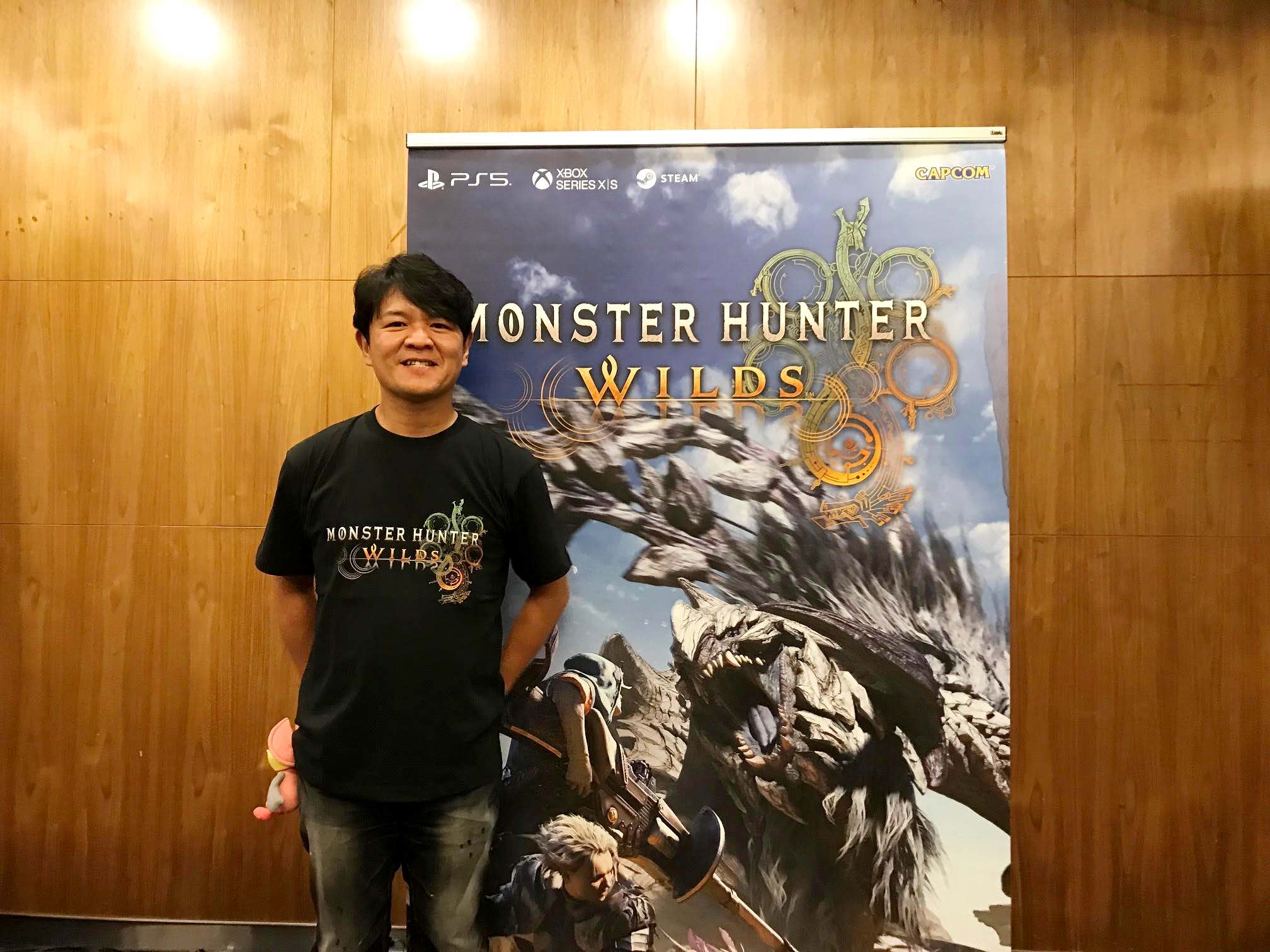
Discover the perfect wardrobe additions to elevate your style – cool and contemporary designs from fashion jewellery designers that serve up free-spirited fashion vibes.
Charlotte Chesnais
Designer: Charlotte Chesnais
Charlotte Chesnais stepped from the world of fashion into that of jewellery, with her first creation rolling back to her stint at Balenciaga, where she worked with its then creative director, Nicolas Ghesquière. “It was a stackable bracelet with a play of multiple proportions,” she shares.
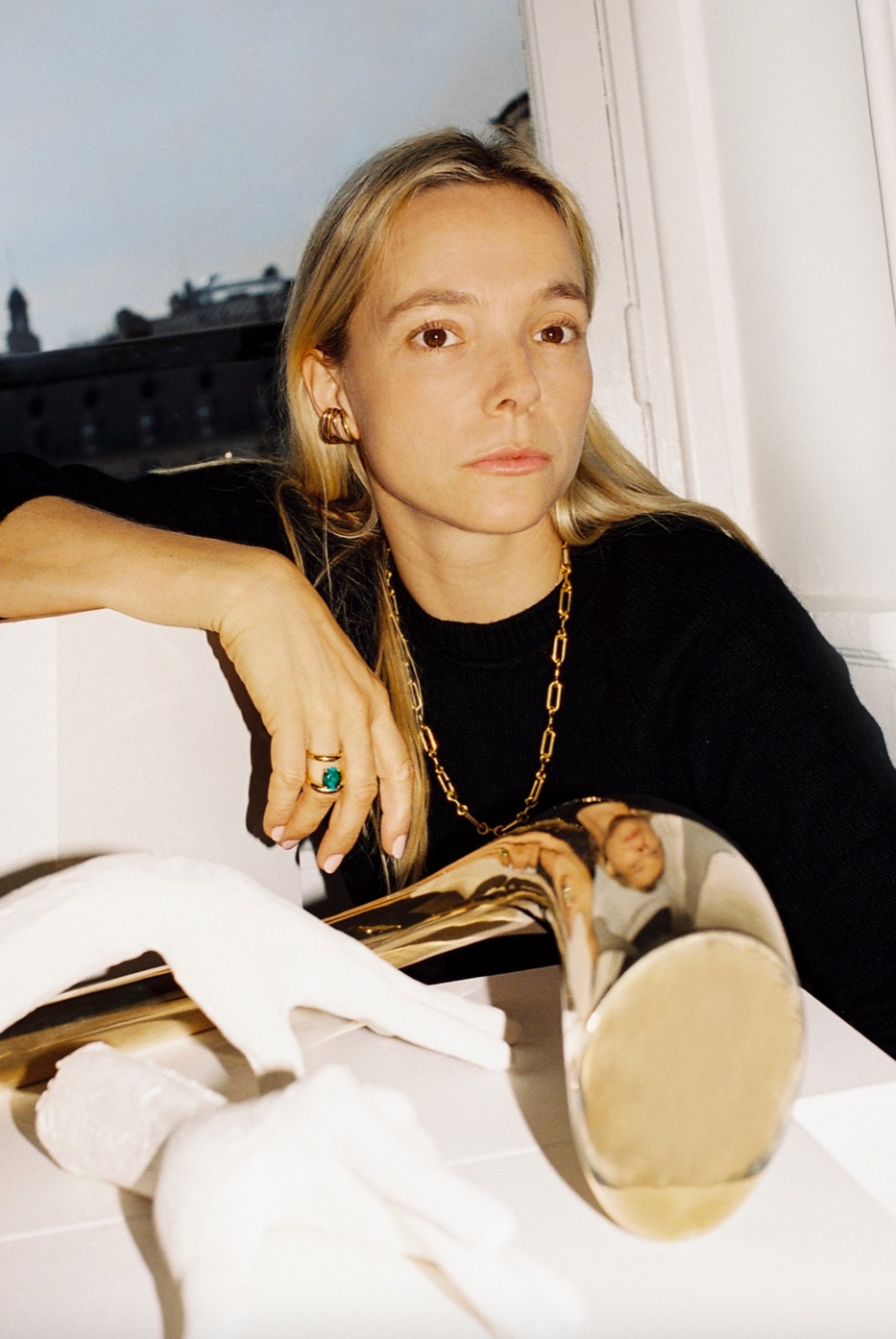
In 2015, Charlotte launched her eponymous jewellery brand, reimagined classical forms and quickly evolved a creative language that became instantly recognisable. She likes to juxtapose the jewellery object and the body with fluid, dynamic, pointed and disciplined lines.
“My pieces are not just earrings, rings, bracelets, or necklaces – they are objects that hold beautifully on the body and stand alone as independent designs,” explains the Paris-based designer.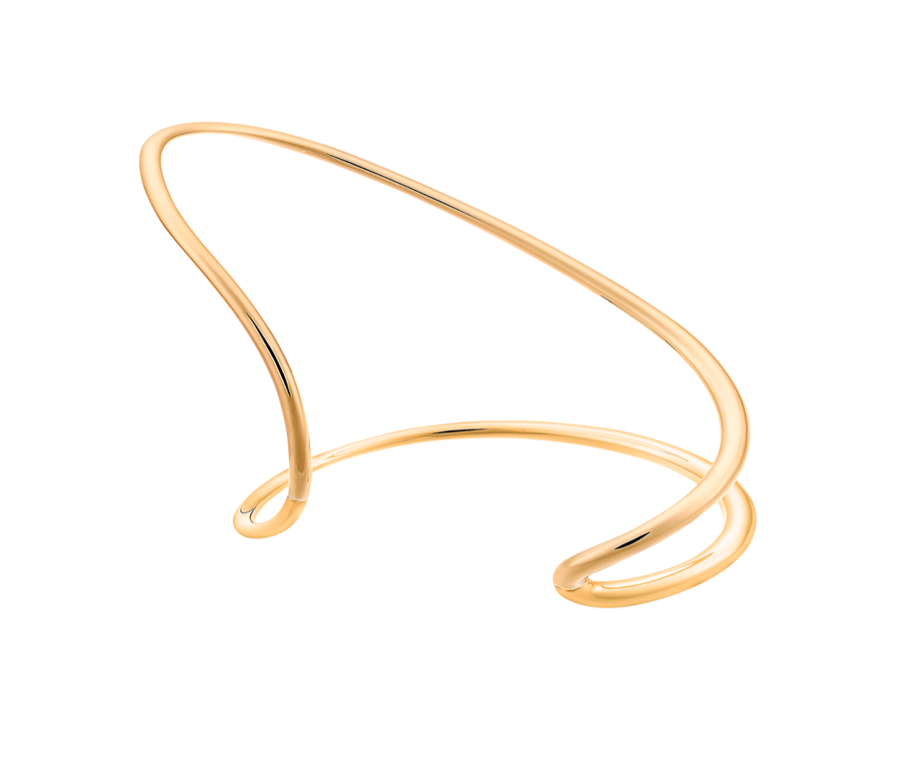 Charlotte, whose creative process is intimately linked to sculpture, enjoys making pieces that “modulate the balanced classical sculptural style at various degrees,” and works against “established aesthetics, bringing forth, over time, my own family of archetypes.” Sculpture, for her, is a discipline and visual art among many others. “It is illustrative 3D work – and that’s how I approach my designs.” Her fascination for pieces, simple and sophisticated, led to a unique and personal brand.
Charlotte, whose creative process is intimately linked to sculpture, enjoys making pieces that “modulate the balanced classical sculptural style at various degrees,” and works against “established aesthetics, bringing forth, over time, my own family of archetypes.” Sculpture, for her, is a discipline and visual art among many others. “It is illustrative 3D work – and that’s how I approach my designs.” Her fascination for pieces, simple and sophisticated, led to a unique and personal brand.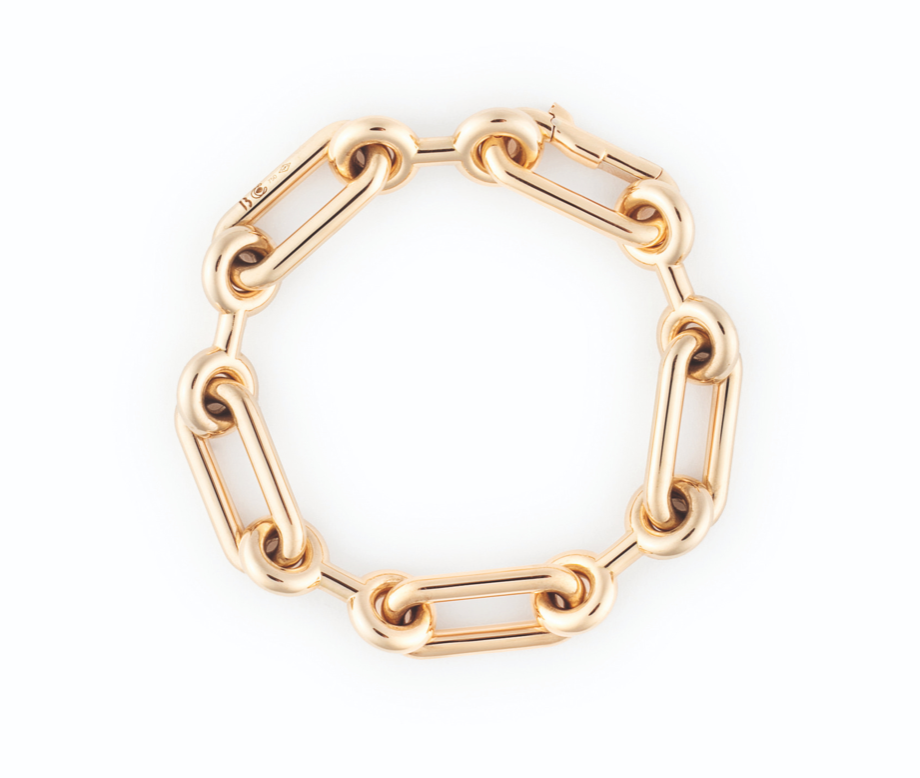 Charlotte wanted to use gold but couldn’t afford it at the time. Vermeil, an amalgamation of silver and gold, also one of the ‘noblest materials’ that appealed to her served as a replacement for gold. “I liked the boxes it checked: affordable, an alloy of gold and silver, and rich in history. Many ornaments for the European royalty (crowns, sceptres, etc.) were made in vermeil – it’s an ancestral material.”
Charlotte wanted to use gold but couldn’t afford it at the time. Vermeil, an amalgamation of silver and gold, also one of the ‘noblest materials’ that appealed to her served as a replacement for gold. “I liked the boxes it checked: affordable, an alloy of gold and silver, and rich in history. Many ornaments for the European royalty (crowns, sceptres, etc.) were made in vermeil – it’s an ancestral material.”
Charlotte’s organic creations have enthusiastic fans who love her obsession with novel forms sinuously wrapping around the neck, wrist, fingers and ears. It so happened that friend-and-founder of luxury fragrance label Byredo, Ben Gorman, ordered a necklace from her.
“I suggested that we create it together – and he said yes. The result is the Value Chain collection. The idea was to create a piece of jewellery that we could both wear composed of two different but complementary links.”
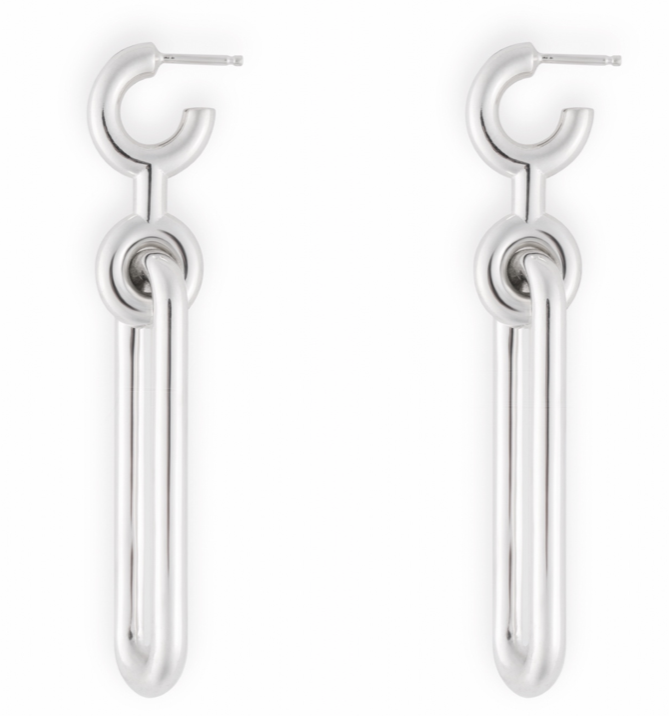
Charlotte uses varied materials to translate her designs into jewellery – gold, diamonds, gemstones, blown glass, wood and pearls. “I am very curious and enjoy exploring different workshops and crafts. Each interaction with a workshop is an opportunity to create new things,” adds the designer, as she dreams up bold new designs.
Charlotte wanted to use gold but couldn’t afford it at the time. Vermeil, an amalgamation of silver and gold, also one of the “noblest materials” that appealed to her served as a replacement for gold. “I liked the boxes it checked: affordable, an alloy of gold and silver, and rich in history. Many ornaments for the European royalty (crowns, sceptres, etc.) were made in vermeil – it’s an ancestral material.”
Charlotte’s organic creations have enthusiastic fans who love her obsession with novel forms sinuously wrapping around the neck, wrist, fingers and ears. It so happened that friend-and-founder of luxury fragrance label Byredo, Ben Gorman, ordered a necklace from her.
“I suggested that we create it together – and he said yes. The result is the Value Chain collection. The idea was to create a piece of jewellery that we could both wear composed of two different but complementary links.”
Charlotte uses varied materials to translate her designs into jewellery – gold, diamonds, gemstones, blown glass, wood and pearls. “I am very curious and enjoy exploring different workshops and crafts. Each interaction with a workshop is an opportunity to create new things,” adds the designer, as she dreams up bold new designs.
Kinraden
Designer: Sarah Müllertz
Sarah Müllertz has a particular affinity for architecture. And that’s understandable given her background in architecture. She discusses the detour that led her to become a jeweller: armed with a Masters’ Degree from the Royal Academy of Fine Arts, in Copenhagen, she became Head of Production and Sales at a jewellery brand in Denmark.

As her passion and understanding of the craft grew infinitely, she found her calling. Initially, she dabbled in jewellery on the side, while working full-time as Partner and Global Head of Design at Henning Larsen Architects, a noted international studio.
Although she established her own line in 2014, it was only in 2019 that she took the plunge to focus on Kinraden – a responsible jewellery brand with a nod to minimalistic Scandinavian architecture and design. “I was fascinated by how I could create pieces with a material composition and scale that resembled sculpture and architectural precision.”
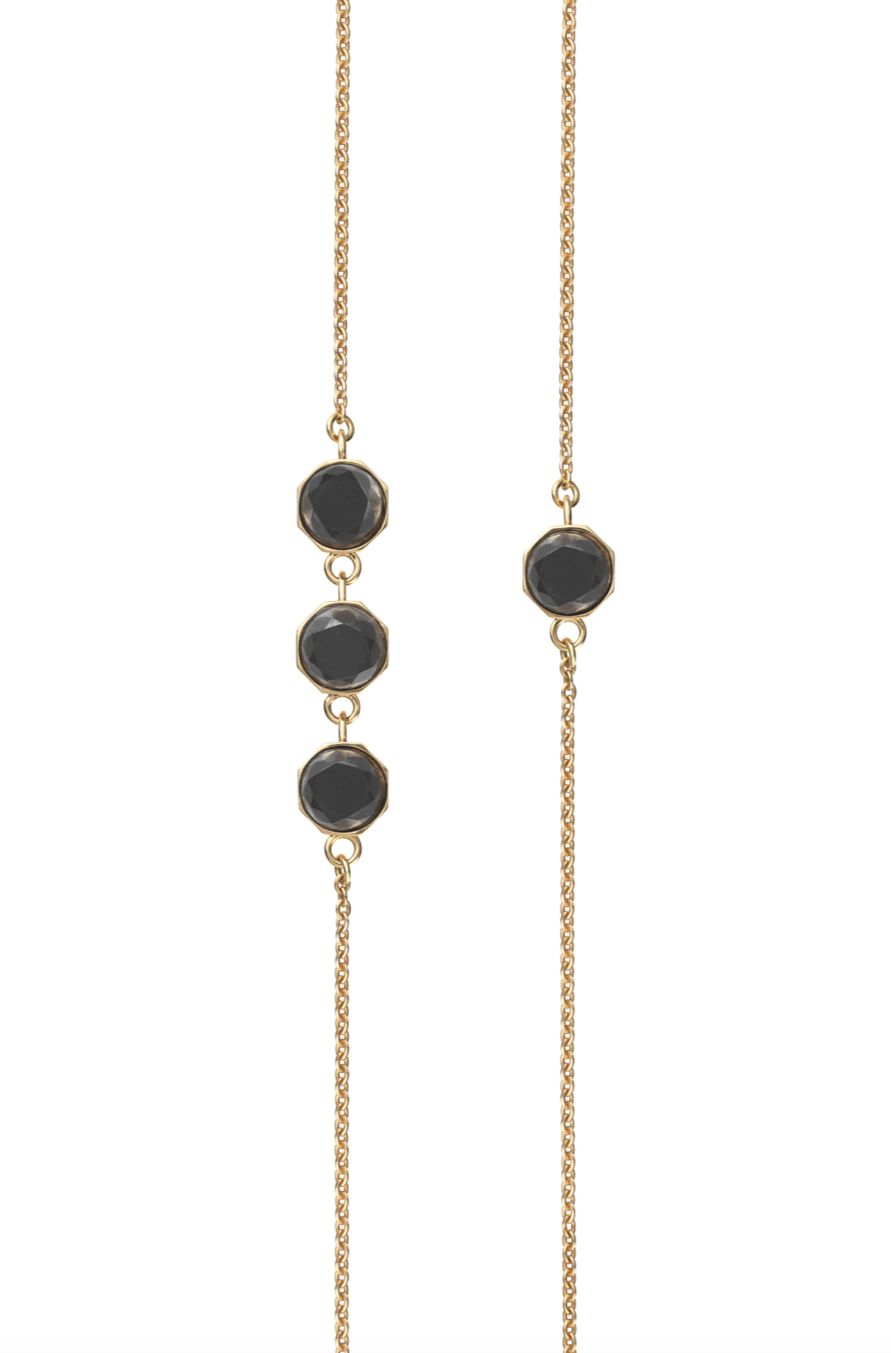
She seeks inspiration from the precision art of Japanese joinery, the forms of classical musical instruments that she learned to play during her childhood – and her architectural training.
Nurturing the belief that “creating beautiful jewellery need not harm the planet,” she began working with recycled and readily restorable materials from the outset. This quest also led her to a Munich-based supplier, who ensures she has a steady supply of recycled gold and silver – all repurposed from the healthcare and technology industries.
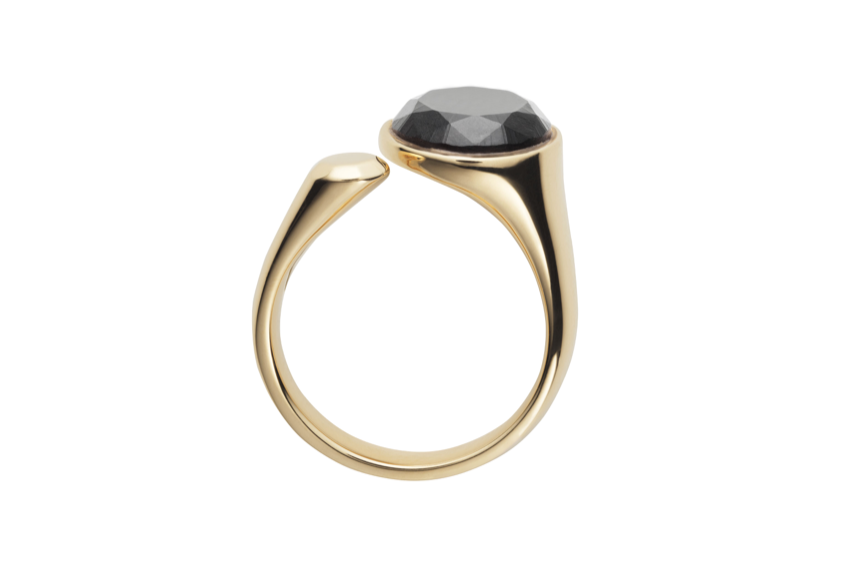
Meanwhile, during her research for sustainable materials, Sarah stumbled upon Mpingo Blackwood. “I discovered that it was possible to cut the Mpingo Blackwood in the same way as we cut traditional stones. So, I created our diamond-cut Mpingo Blackwood, a mainstay of our collection today.”
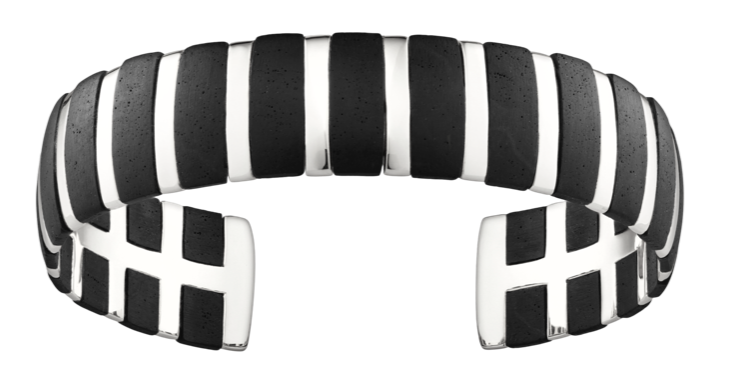
The wood she uses is sourced from a WWF-protected forest in Tanzania where it is often harvested from the forest floor. Sarah explores an interplay between geometry and sustainability across the five collections – all of which combine gently moulded, recycled gold and silver with FSC-certified hand carved wood. She has added new pieces to popular lines, Stilos and Two Worlds, and is mulling over plenty of new ideas for understated and elegant compositions.
So-Le Studio
Designer: Maria Sole Ferragamo
When she launched her own label in 2017, Maria Sole Ferragamo eschewed the desire to source new materials. The idea, for So-Le Studio, was to upcycle materials thoughtfully, using technical innovation and smart thinking to explore leather from a new and different perspective.
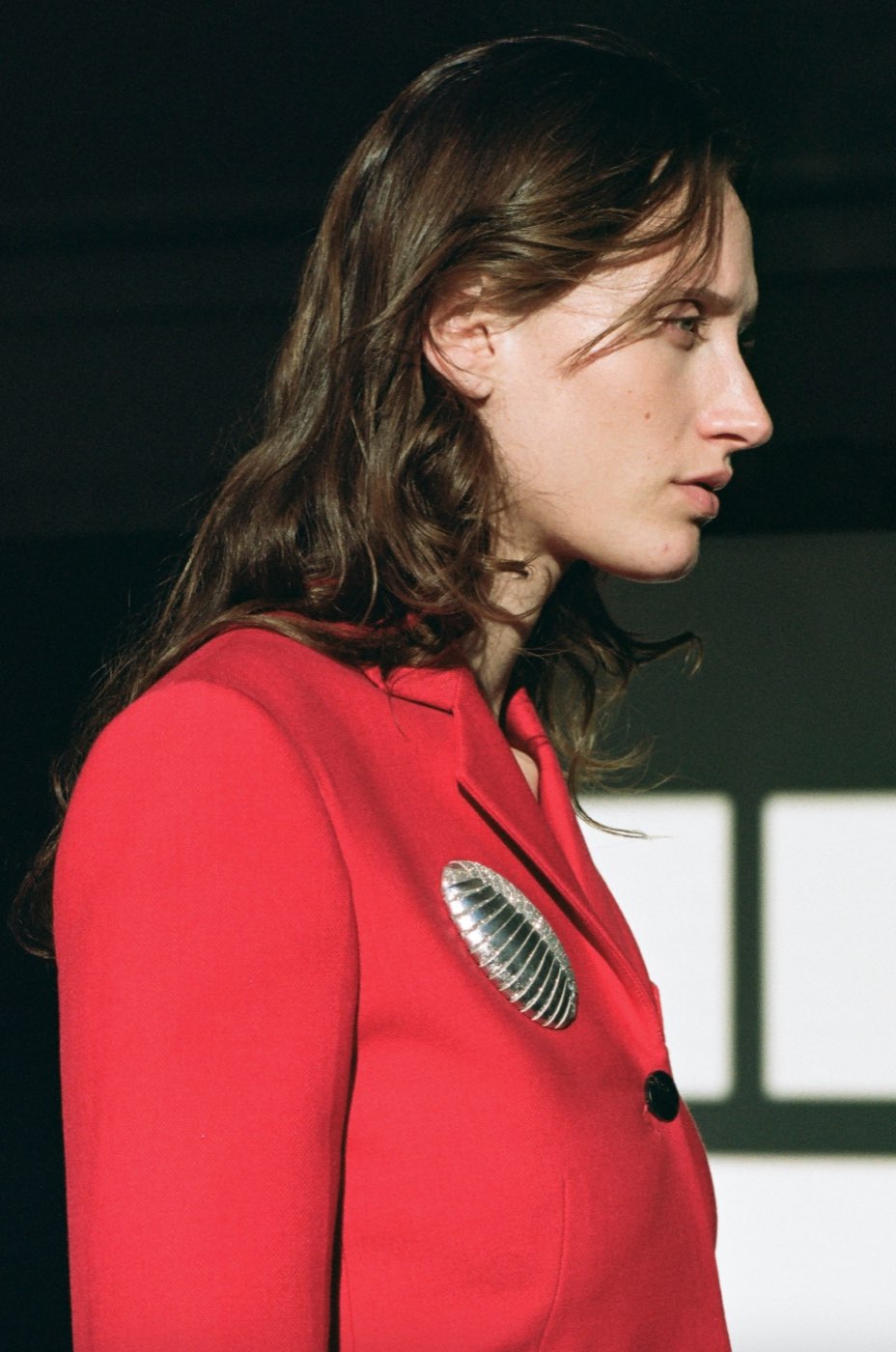
Scraps and leather trims, castaways, and brass shavings – discards from factories – form part of her creative universe that melds versatility, lightness, colour, and whimsy.
Challenges, observes the Milan-based designer, are inspiring. The material’s scarcity and apparent fragility challenge her as a designer.
“Metal shavings of a specific form are directly linked to the piece they are shaved off from; once that piece is out of production, it is not easy to find the specific metal shaving anymore.”
This provides her with the impetus to think outside the box. “I see all these limits as a stimulus to creativity,” Maria explains. “I see a beautiful energy in the contrast of combining fun, party jewellery pieces with a simple everyday look. Besides, I love the process of transforming an abandoned resource into something new again,” she adds.

“I source the brass shavings in Tuscany from factories that create metal components for the luxury fashion industry, usually for accessories and fashion jewellery,” says the designer, who references nature and architecture in her designs.
The love of leather, Maria recalls, was kindled during the weeks that she spent working at her grandfather Salvatore Ferragamo’s luxury footwear factory in Florence. “It’s a family tradition; during the summers we were sent off to the factory to work for a couple of weeks across various departments. It was very instinctive and natural for me, therefore, to go down this route,” she says. “Every time I see a piece of leather, it speaks to me.”
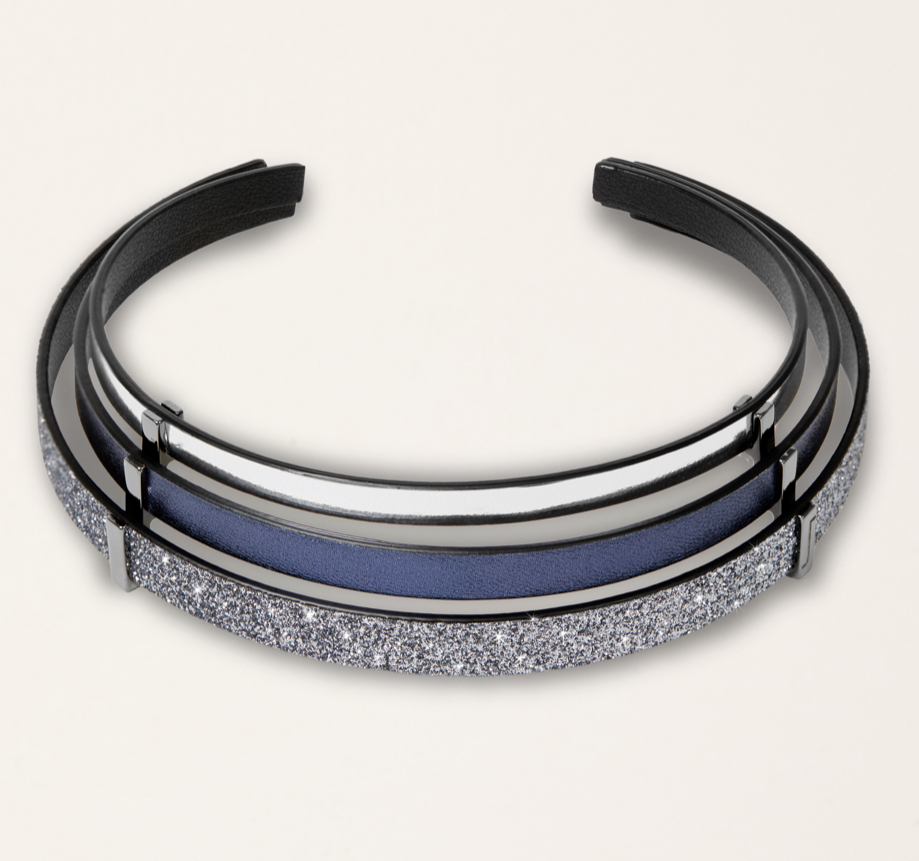
Last fall, Maria designed a capsule line plated in 20k gold for Elisabetta Cipriani’s gallery, specifically for PAD London, the international art and design fair. The Trame collection, just like the Trucioli earrings, was made from brass leftovers and entirely handwoven by the designer.
“It was such a personal process and more of an artistic project, especially because Trame follows the principles of Arte Povera. It drew on the ancestral craft of weaving,” Maria informs.
“Everyday materials are elevated to works of art, telling a story through craft.” While she doesn’t play favourites with her coveted best-sellers that include Minialie, Sei, Sempre, Athena, Lolita, Armadillo, she acknowledges the new Beetle brooches and Harmonia hairclips have won the hearts of her clients.
“I’ve been wanting to create a brooch for a long time. I love the idea of the object itself.” Maria has made the brooch incredibly contemporary by marrying the leather remnants with interesting volumes and patterns.
The Beetle series is informed by her grandfather’s iconic woven sandal pattern from the 1930s. At Maria’s workshop, leather and metal castaways find themselves in elevated company.
A version of this article first appeared in Solitaire.



